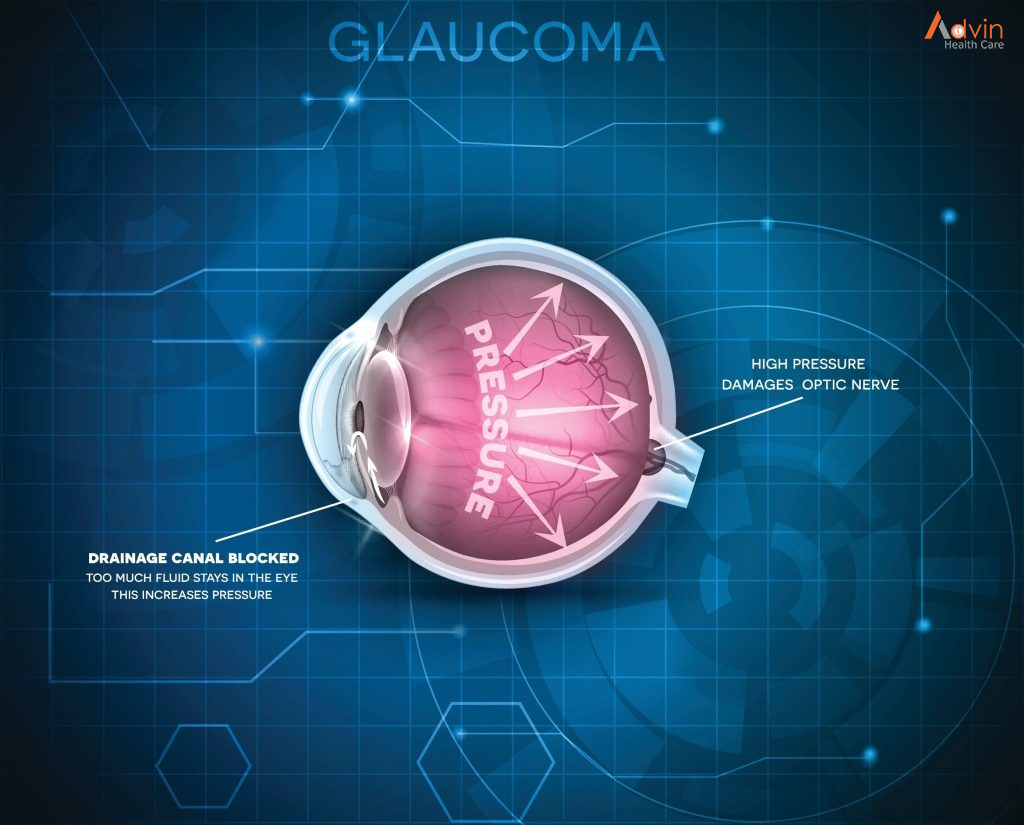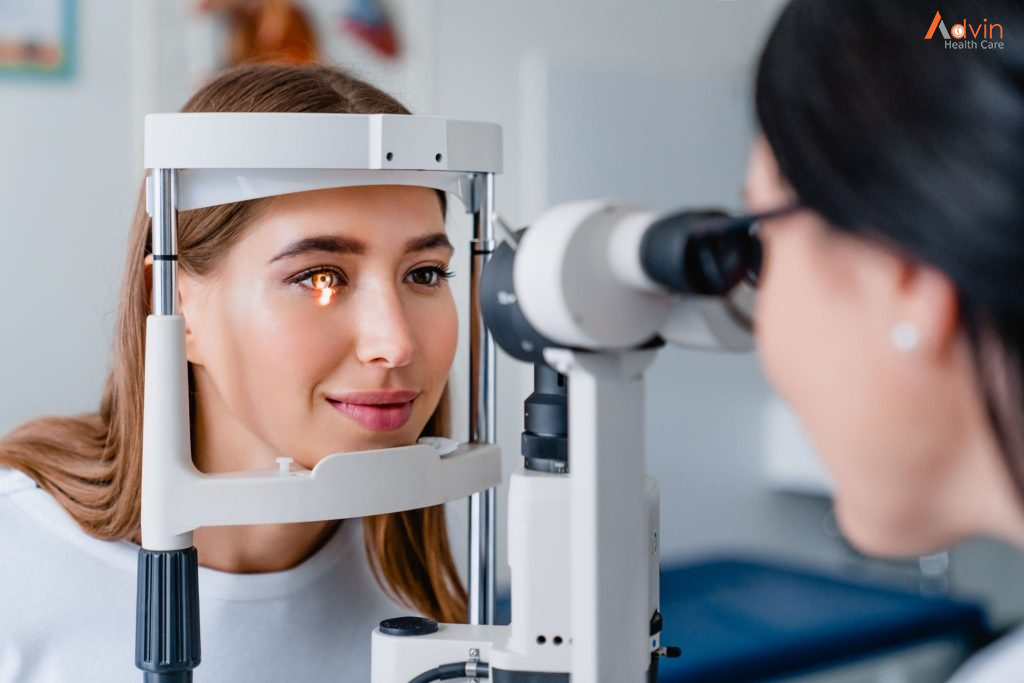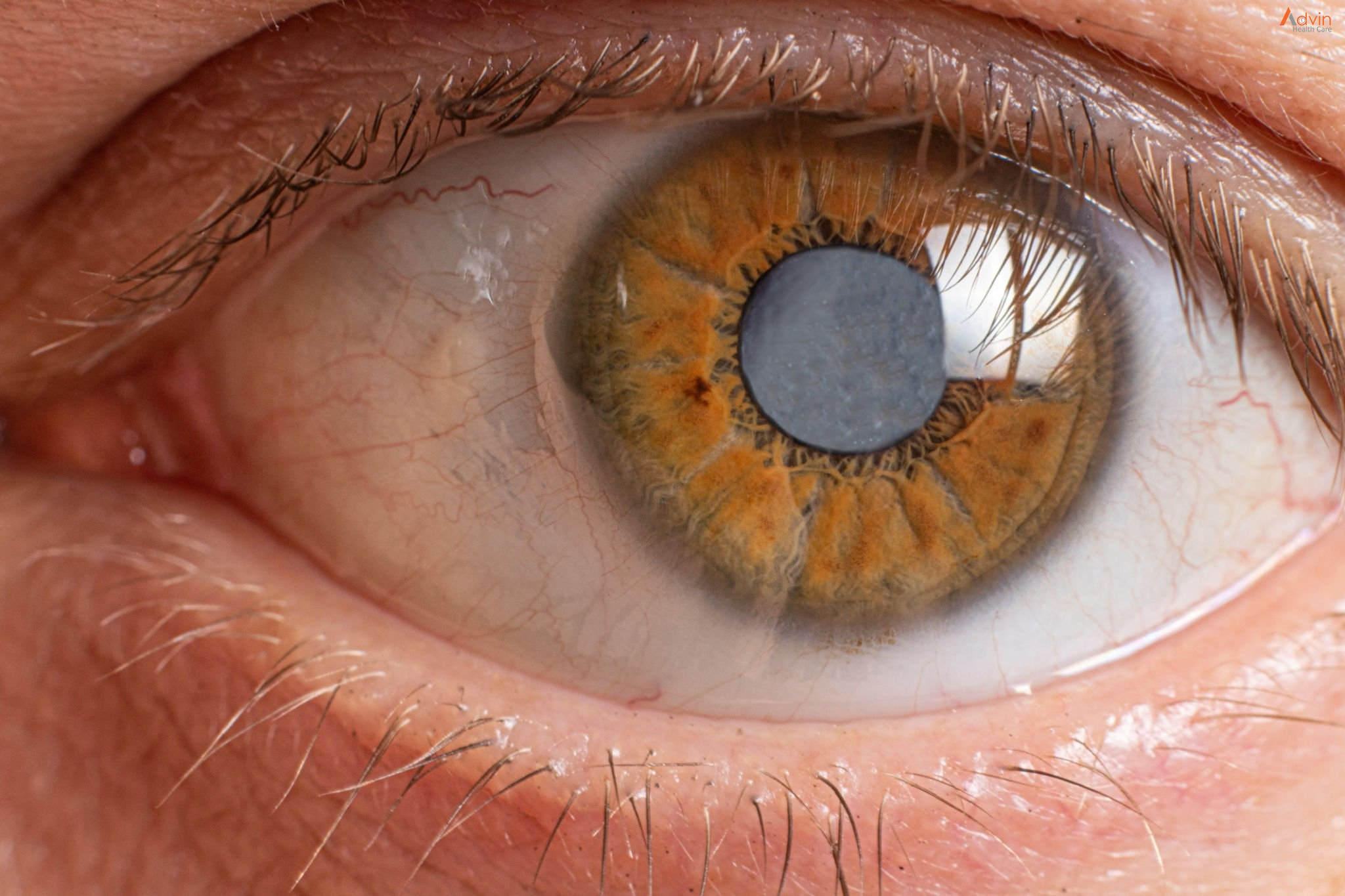Glaucoma
Glaucoma is a group of eye conditions that damage the optic nerve. The optic nerve sends visual information from your eye to your brain and is vital for good vision. Damage to the optic nerve is often related to high pressure in your eye. But glaucoma can happen even with normal eye pressure.
Glaucoma can occur at any age but is more common in older adults. It is one of the leading causes of blindness for people over the age of 60.
Many forms of glaucoma have no warning signs. The effect is so gradual that you may not notice a change in vision until the condition is in its later stages.
It’s important to have regular eye exams that include measurements of your eye pressure. If glaucoma is recognized early, vision loss can be slowed or prevented. If you have glaucoma, you’ll need treatment or monitoring for the rest of your life.
5 Types of Glaucoma Surgery

The following are types of glaucoma surgeries proven to restore normal eye pressure:
1. Laser surgery
Laser therapy is a common treatment for glaucoma. For instance, selective laser trabeculoplasty (SLT) is a first-line treatment for open-angle glaucoma.3
During SLT surgery, an ophthalmologist uses a laser beam to make microscopic holes in the eye that enable eye fluid to flow better.
Other types of laser surgeries for glaucoma include argon laser trabeculoplasty (ALT) and laser peripheral iridotomy (LPI)
According to the Glaucoma Research Foundation (GRF), laser glaucoma surgery may reduce intraocular pressure by 20 to 30%. It’s effective in roughly 80% of patients.4
2. Electrocautery
Electrocautery is a minimally invasive glaucoma surgery (MIGS).5
During this procedure, the surgeon will create a tiny incision in the eye’s drainage tubes using a device known as a trabectome.
The device uses heat to remove tissue in the eye, releasing the built-up fluid.
According to studies, trabectome surgery can reduce eye pressure by 30 percent.6
3. Trabeculectomy
Trabeculectomy is also effective in reducing IOP.
During trabeculectomy, the surgeon will create a small flap in the white area of the affected eye. This creates a drainage pathway for excess fluid.
You may need medication after the surgery to prevent scar tissue from forming.
4. Drainage Implant Surgery
Drainage implant surgery is an invasive surgical procedure.
It involves the placement of a small drainage tube known as an aqueous shunt or tube shunt in the affected eye to drain the fluid.7
Glaucoma drainage implant surgery is performed in a hospital or an outpatient surgical facility. It usually takes about an hour or less to perform the procedure.
5. Microtrabeculectomy
Microtrabeculectomy involves inserting microscopic-sized tubes into the drainage angle to drain excess aqueous fluid.
The fluid drains from the anterior chamber of the eye to beneath the conjunctiva (the eye’s outer membrane).
What to Expect Before & After Surgery
Glaucoma surgery is done at your doctor’s office or an outpatient not facility.
Below is what to expect before and after surgery:

Before
Before undergoing surgery, the medical staff will prepare you mentally to ensure you’re comfortable. You will then go to the operation room, where you will lie on the operating table.
In the room, there will be an eye surgeon, a nurse, and surgical assistants.
Your eyes will be cleaned and your face covered, leaving only the infected eye exposed.
Your doctor will also install devices to monitor your heart rate, blood pressure, and oxygen levels throughout the procedure.
An anesthesiologist will also be present to administer sedatives to keep you relaxed during surgery.
After
After surgery, you’ll be allowed to rest your eyes for a moment.
During this time, your eye doctor will continuously monitor your eye pressure. If everything seems okay, you’ll be discharged.
However, before you leave, the eye doctor will instruct you on the dos and don’ts after glaucoma surgery.
You may also be required to schedule a follow-up appointment.
After glaucoma surgery, your eye will be patched up for some time. This may affect your ability to see. In addition, the effects of sedation also affect your ability to operate machinery.
To be safe, make sure you have someone to drive you home.
What are the benefits of surgery?
The aim is to lower the pressure in your eye to reduce the risk of further damage to the optic nerve.
Advin Instruments Used In Glaucoma Surgery
- Barraquer Wire Speculum
- Tooke Corneal Knife
- Castroviejo Synechiae Spatula
- Castroviejo Caliper
- Colibri Forceps
- Eye Dressing Forceps
- Jaffe Tying Forceps
- Hartman Mosquito Forceps
- Hartman Mosquito Forceps
- Baby Jones Towel Clamp
- Castroviejo Corneal Scissors
- Westcott Stitch Scissors
- Vannas Scissors
- Vannas Capsulotomy Scissors Ang. Forward
- Eye Scissors
- Stevens Tenotomy Scissors
- Bard Parker Handle
- Kelly Descement’s Membrane
- Punch
- Harms trabeculotomy Probe
- Harms trabeculotomy Probe
- Rycroft Air Injection cannula
- Anterior Chamber Washout Cannula
- St.Martin Forceps
- McPherson Corneal Forcepws
- McPherson Tying Forceps


